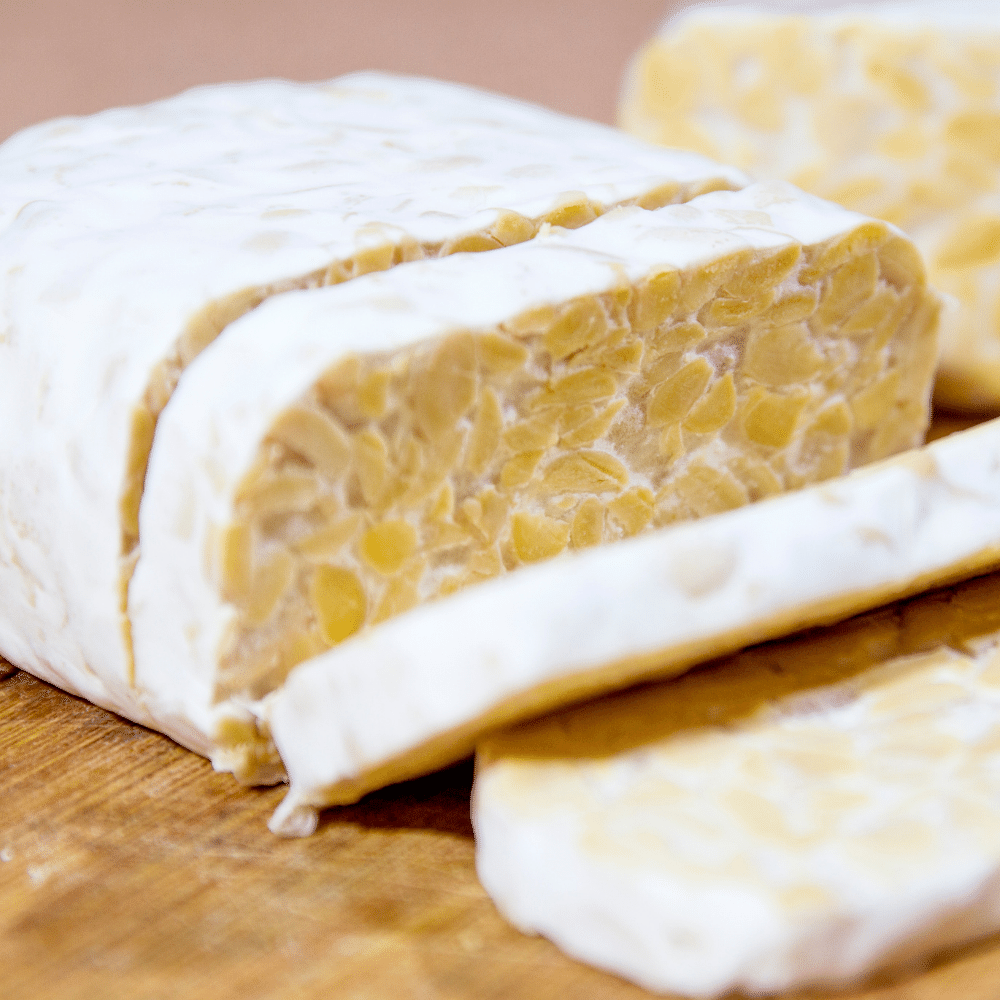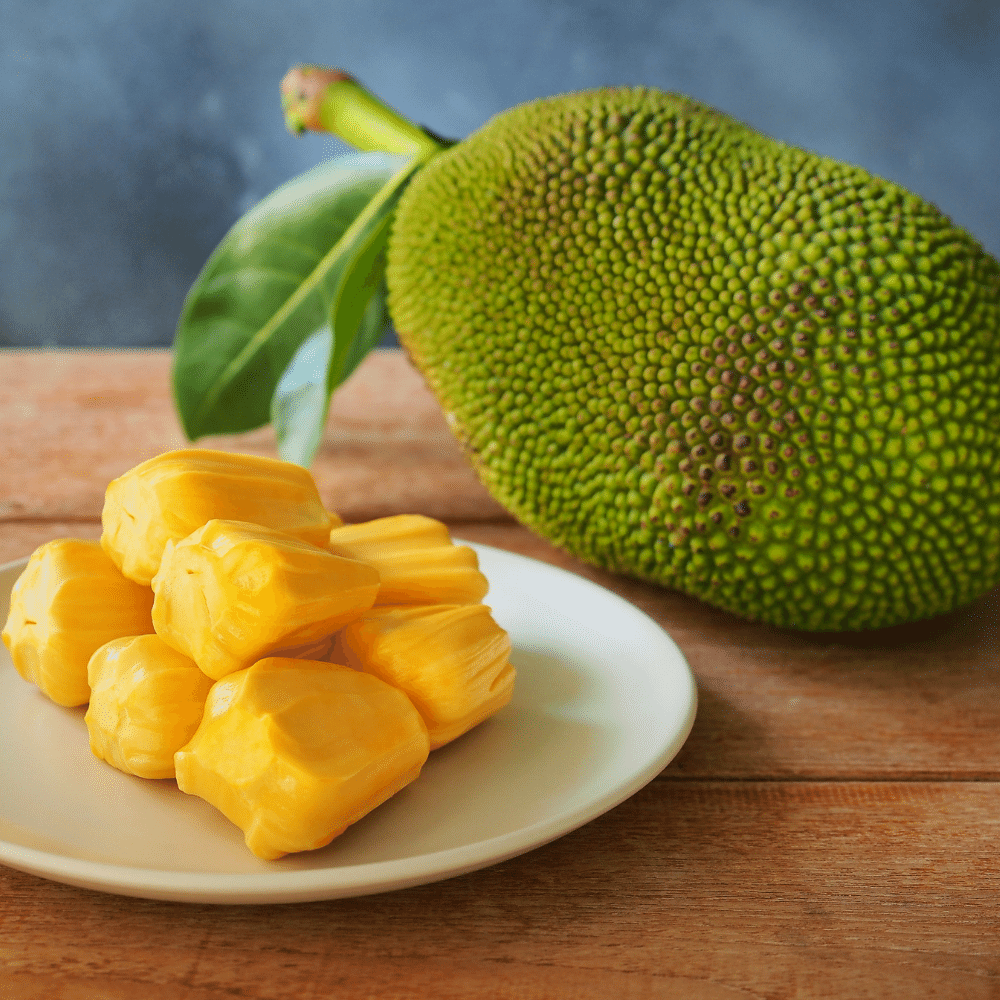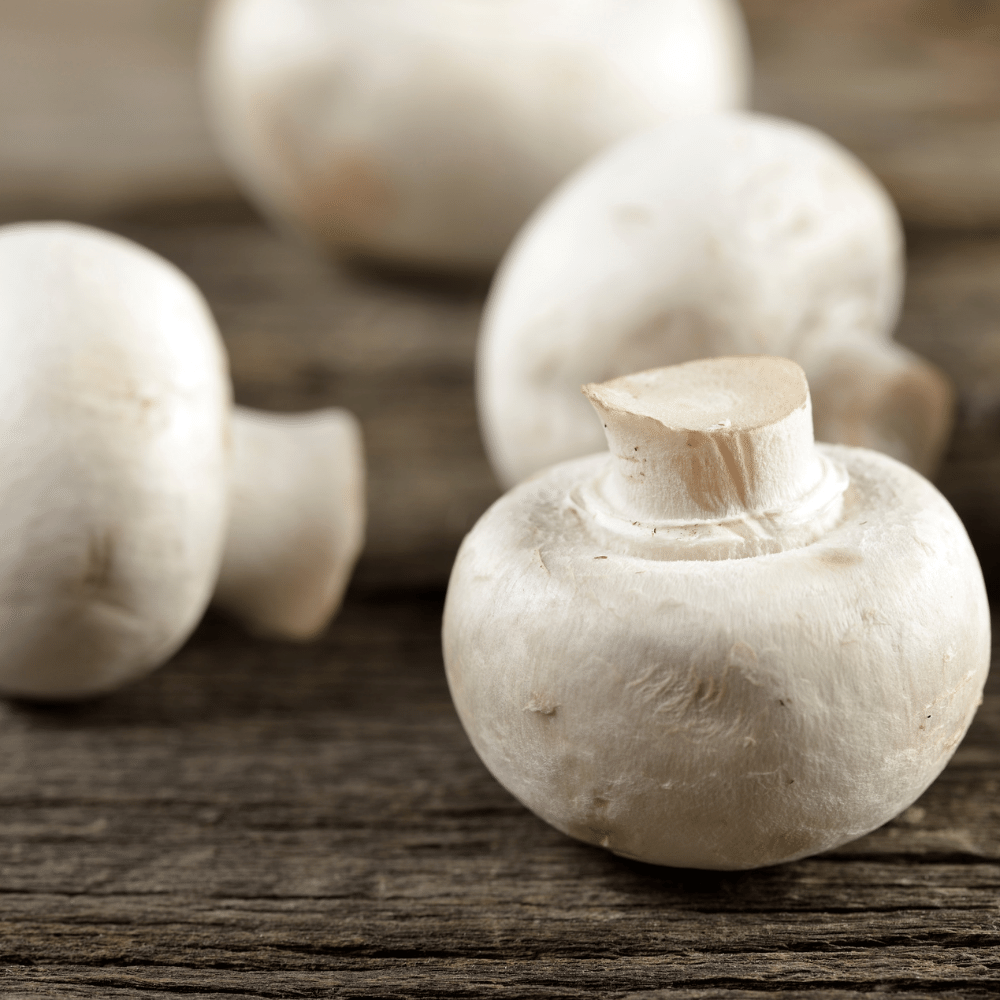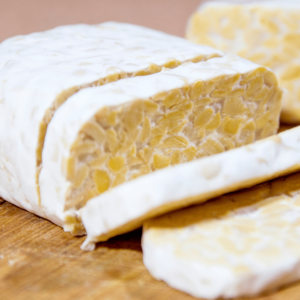Have you ever tried tempeh?
This fermented soy product has become increasingly popular in the last few years due to its versatility, flavor, and health benefits.
It can be used as a meat substitute in many dishes, from stir-fries to tacos.
It also works great as an addition to salads or sandwiches.
But if you don’t have access to tempeh or just don’t like it, there are plenty of other options available.
Here are eight of the best substitutes for tempeh that will help you create delicious plant-based meals!
What is Tempeh?

Tempeh is a traditional Indonesian food made of fermented and compressed soybeans.
It has a firm texture, nutty flavor, and can be used as an alternative to meat in vegetarian or vegan dishes.
The process for making tempeh involves inoculating cooked soybeans with spores from the Rhizopus oligosporus fungus, then allowing them to ferment for 24 hours at room temperature.
This results in a cake-like block that can be cut into slices or crumbled up and added to stir-fries, burgers, tacos and more.
Tempeh is usually steamed or boiled before eating to reduce its bitterness; it can also be fried, grilled or baked like tofu.
A great thing about tempeh is that you don’t have to worry about it spoiling quickly like other proteins since it’s been through fermentation – making it easier to store than some other ingredients!
The 8 Best Substitutes For Tempeh
Tempeh is a nutritious, plant-based food that can be used in many different recipes.
But if you don’t have access to tempeh or simply don’t like it, there are plenty of other options.
Here we look at the eight best substitutes for tempeh, from seitan and tofu to lentils and mushrooms:
1 – Tofu

Tofu is an incredibly versatile ingredient and has become popular for many reasons.
It’s a great source of plant-based protein, has a mild flavor which allows it to take on whatever seasonings you give it, and can easily absorb marinades.
Tofu also comes in different forms—silken tofu is softer than regular blocks so that your dishes come out creamy or custardy, whereas firm or extra firm tofu work well with stir-fries.
When considering whether to use tofu instead of tempeh (a similar but firmer textured product), the majority of decisions will depend on the dish you’re making and what texture you want to end up with.
For example, if a recipe demands creaminess then silken tofu would be better while they might decide to go for tempeh if they prefer more structure. Either way, both can provide delicious flavor!
2 – Seitan

Seitan is a popular vegan ingredient that has been rising in popularity due to its chewy, “meat-like” texture.
It’s made from wheat gluten and is high in protein, making it a great addition to any vegan dish.
It also has an incredibly neutral flavor, so you won’t have to worry about overpowering your dish with asparagus or garlic.
Its ability to take on bold flavors make this the perfect base for all kinds of dishes.
When would it make sense to use seitan instead of tempeh?
This really depends on the recipe and what kind of texture or flavor you’re going for.
Seitan pairs well with bold flavors – think teriyaki and barbecue sauces – while tempeh can be steamed, fried, boiled, or sautéed with whatever ingredients you need for the perfect taste!
3 – Lentils

Lentils are a great vegetable-based protein source and a popular ingredient in many dishes both domestically and around the world.
Lentils have a nutty, sweet flavor that pairs well with other savory ingredients, making them easily adaptable to different recipes across various cuisines.
Lentils come in various colors—green, brown, black and red—adding visual appeal to dishes.
Plus, lentils are incredibly small and quick-cooking compared to other legumes like chickpeas or beans ensuring an amazingly fast meal prep time!
You can even purchase pre-cooked canned lentils for easy additions to your meals.
When it comes down to why you would choose one ingredient versus another – such as using lentils instead of tempeh – it really depends on what kind of dish or recipe you would be preparing.
For example, if you’re looking for something delicate yet flavorful for a soup or stew, then lentils might be the perfect choice thanks to their small size and robust flavors when cooked through.
On the contrary, tempeh’s somewhat firmer texture could lend itself better to firm salads or stir fries (or any dish requiring more texture).
Lentils and tempeh are both incredibly tasty and nutritious ingredients, it’s just a matter of finding the best fit for your recipe!
4 – Chickpeas

Chickpeas are becoming increasingly popular in cooking due to their versatility and range of uses.
They can be cooked on the stovetop, roasted as a snack, or blended into hummus—the possibilities for creativity and flavor combinations are truly endless!
With chickpeas being so widely available, it makes sense to use them instead of tempeh in certain recipes. Unlike most beans, chickpeas don’t require soaking prior to cooking.
This speeds up the process and saves time—they’ll be ready to eat much faster than other types of beans.
Chickpeas also have a slightly nutty taste which adds another dimension to your dish that you won’t find with tempeh.
Their flavor works best when paired with bold ingredients like spices and herbs such as cumin or coriander.
5 – Jackfruit

Jackfruit is quickly becoming one of the most popular ingredients to use in cooking.
This delicious fruit has a texture and flavor that’s quite unique, making it an ideal ingredient for a variety of dishes.
For vegetarian recipes, jackfruit can be used instead of tempeh as a meatless alternative.
Jackfruit’s natural flavor does not block out other flavors when cooked with them, unlike tempeh which can overpower dishes when its taste dominates the overall flavor profile.
Jackfruit is also very versatile, as it can mimic almost any type of meat or vegetable depending on how it’s cooked – barbecued, pulled pork-like sandwiches, sautéed like vegetables – you name it!
This makes jackfruit an attractive option to expanding your culinary horizon beyond just tofu and tempeh while still getting your desired flavors and textures found in traditional meats and vegetables.
6 – Textured Vegetable Protein

Textured Vegetable Protein (TVP) is a popular ingredient in cooking because of its versatility and ability to take on the flavor of whatever seasonings or spices it’s cooked with.
It’s also high in protein, making it perfect for vegans, vegetarians, and others looking for plant-based meal options.
When deciding between TVP and tempeh, cost can be a determining factor.
Tempeh is pricier than TVP per serving due to production costs.
Additionally, TVP has fewer calories so may be preferred if you are trying to cut back on your caloric intake as opposed to adding more fiber which is plentiful in tempeh.
Another great reason to use TVP instead of tempeh is time – TVP cooks faster!
This makes it ideal for rushed recipes like tacos where you want something substantial but don’t have the time or energy to wait long hours while ingredients cook slowly over low heat.
7 – Cauliflower

Cauliflower is often seen as a veggie superhero because it can be used to replace other ingredients in our favorite recipes.
For example, cauliflower rice has become an increasingly popular substitute for traditional white or brown rice.
Substituting cauliflower for grains and starches is great for creating low-carb diets, but the reasons why it’s so successful go beyond that.
Cauliflower has a mild flavor that allows it to blend beautifully into the flavor profiles of various cuisines while still providing texture variety.
Its ability to absorb flavors makes this ingredient incredibly versatile, which is why you see this vegetable being used experimentally by chefs all around the world!
When would making sense to use cauliflower nutty taste of tempeh?
In dishes where crunchy textural components are desired instead of soft eggy textures – like vegan burgers or raw salads – opt for cauliflower instead due its crumbly, meat-like consistency when cooked through properly.
Additionally, since tempeh contains fermented foods with active cultures in them (i.e beneficial bacteria), using pre-cooked cauli will reduce any potential unwanted microbes from interacting with your dish before service!
8 – Mushrooms

Mushrooms have become increasingly popular in cooking due to their extraordinary flavor and texture.
They are extremely versatile, able to be cooked in many different ways—pan-seared, fried, grilled, or roasted.
Their umami flavor pairs well with other ingredients and can help boost the flavor of a dish without adding many calories or fat.
When it comes to using mushrooms over tempeh as an ingredient for cooking, I believe it depends on the flavors you want at play.
If you’re looking for a chewy texture with a bit of bite then tempeh would make more sense.
Mushrooms however provide some depth of flavor that goes beyond just being “meaty” which is what tempeh has going for it instead.
Conclusion
In conclusion, there are many alternatives to tempeh that provide a range of flavors and textures.
Tofu, seitan, lentils, chickpeas, jackfruit, textured vegetable protein, cauliflower, and mushrooms are all viable substitutes for tempeh.
Each of these options can be used in both savory and sweet recipes and offer their own nutritional benefits.
Whether you’re looking for a meat substitute, a vegan-friendly alternative, or just a delicious way to add protein to your diet, these tempeh substitutes are sure to satisfy.

The 8 Best Substitutes For Tempeh
Ingredients
- Tofu
- Seitan
- Lentils
- Chickpeas
- Jackfruit
- Textured Vegetable Protein
- Cauliflower
- Mushrooms
Instructions
- Pick your favorite substitute from the list above.
- Follow cooking directions for your selected substitute with the proper ratio of ingredients.
Hi, I'm Benjamin. I love cooking, long walks, and my girlfriend! Here you’ll find simple and delicious recipes that you can make in 30 minutes or less.

